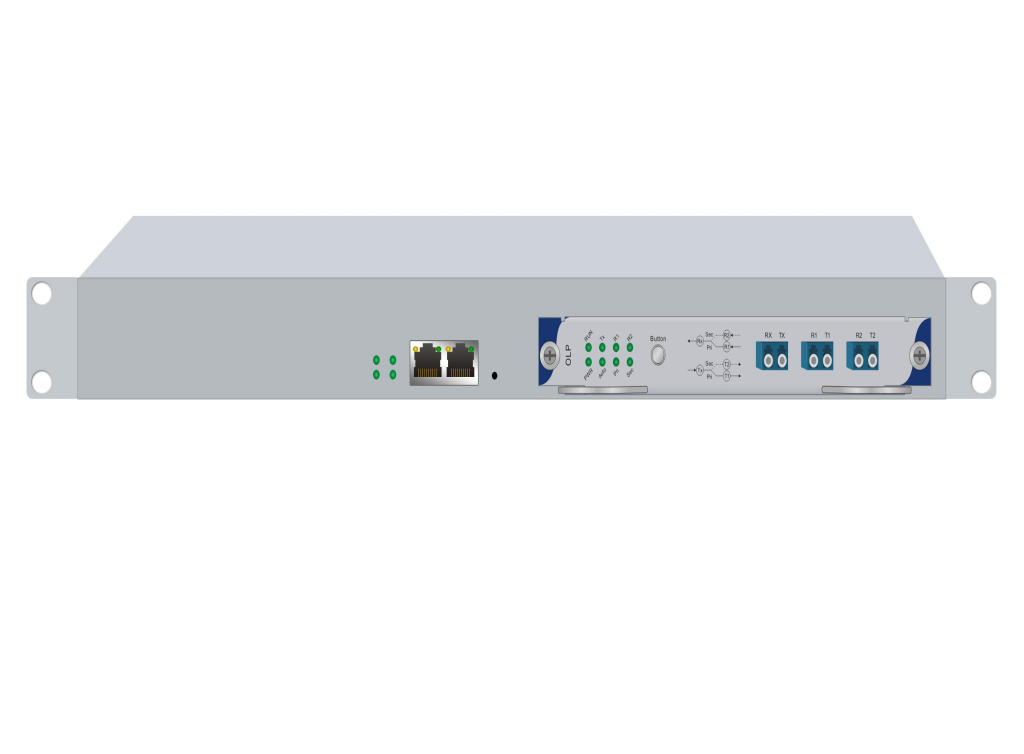Analysis of Common Protection Mechanisms in Optical Transport Networks
1. Introduction
With the rapid development of communication technologies, optical transport networks (OTN) have become a core component of modern communication infrastructure. To ensure high network reliability and service continuity, various protection mechanisms are widely used in OTNs. This article details the common protection mechanisms found in optical transport networks.
2. Basic Concepts of Protection Mechanisms
2.1 Protection vs. Restoration
- Protection: Pre-allocated backup resources for fast failure recovery.
- Restoration: Dynamically searches for available resources after a failure occurs.
2.2 Protection Levels
- Path Protection: End-to-end protection.
- Segment Protection: Protection for a specific link segment.
- Ring Protection: Protection for ring topology structures.
3. Types of Common Protection Mechanisms
3.1 Linear Protection Mechanisms
1+1 Protection
- Working Principle: Traffic is simultaneously transmitted on both the working and protection paths.
- Characteristics:
- The receiving end selects the better quality signal.
- Switchover time is less than 50ms.
- Lower resource utilization efficiency.
1:1 Protection
- Working Principle: The working path carries the traffic, while the protection path can carry extra traffic.
- Characteristics:
- Switches to the protection path upon failure.
- The protection path can carry lower-priority traffic.
- Higher resource utilization efficiency.
3.2 Ring Network Protection Mechanisms
MS-SPRING (Multiplex Section-Shared Protection Ring)

Characteristics:
- Bidirectional ring structure.
- Capacity sharing.
- Fast protection switching.
BLSR (Bidirectional Line Switched Ring)
- Types: 2-fiber BLSR, 4-fiber BLSR.
- Protection Methods: Loopback protection, Path protection.
- Application Scenarios: Metropolitan Area Networks (MAN), Backbone networks.
3.3 Mesh Network Protection Mechanisms
MPLS-TP Protection
- Linear Protection: 1+1, 1:1.
- Ring Protection: MPLS-TP Ring Protection.
- Characteristics: Supports carrier-grade protection.
ODUk Protection
- ODUk SNCP: Subnetwork Connection Protection.
- ODUk SPRING: Ring protection.
- Application: OTN networks.
4. Selection Strategy for Protection Mechanisms
4.1 Selection Considerations
- Service Criticality
- Network Topology
- Cost Budget
- Performance Requirements
- Operational Complexity
4.2 Typical Application Scenarios
- Core Network: Mesh Protection + Ring Protection.
- Metropolitan Area Network (MAN): Primarily Ring Protection.
- Access Network: Linear Protection.
5. Development Trends
5.1 Technological Evolution
- SDN Control: Centralized protection strategies.
- AI Application: Intelligent fault prediction.
- Multi-layer Coordination: Unified protection mechanisms.
5.2 Future Challenges
- Protection for networks beyond 100G.
- Protection requirements for 5G transport networks.
- Cloud-Network协同 protection.
6. Conclusion
Protection mechanisms in optical transport networks are crucial for ensuring network reliability. Different mechanisms have their own characteristics and need to be selected and deployed based on actual network requirements. With technological advancements, protection mechanisms are evolving towards smarter and more efficient directions, providing strong support for building more reliable communication networks.
In practical network deployments, a combination of multiple protection mechanisms is often used to build a multi-level, comprehensive protection system that meets the differentiated reliability requirements of various services.

Comments are closed